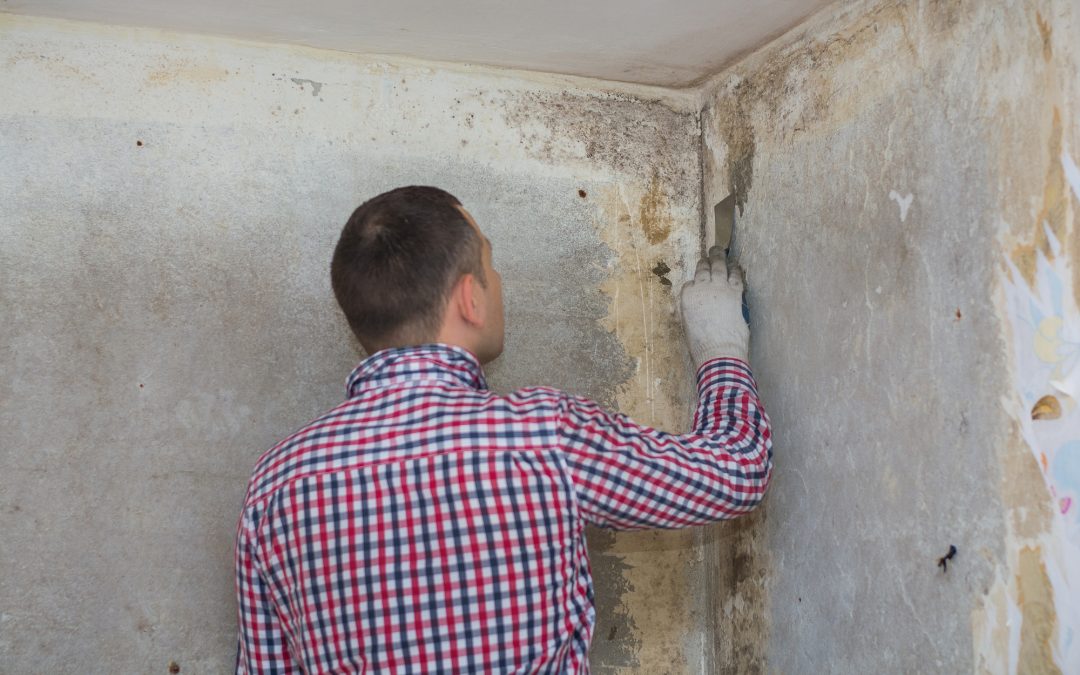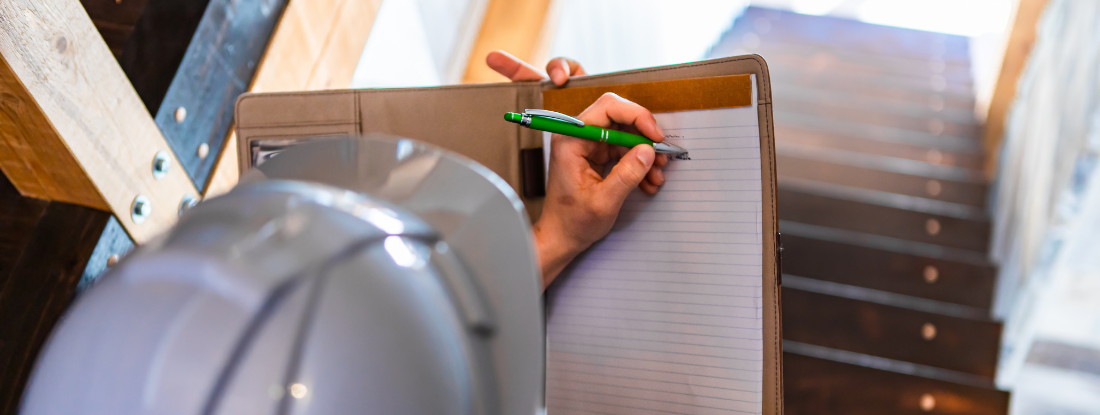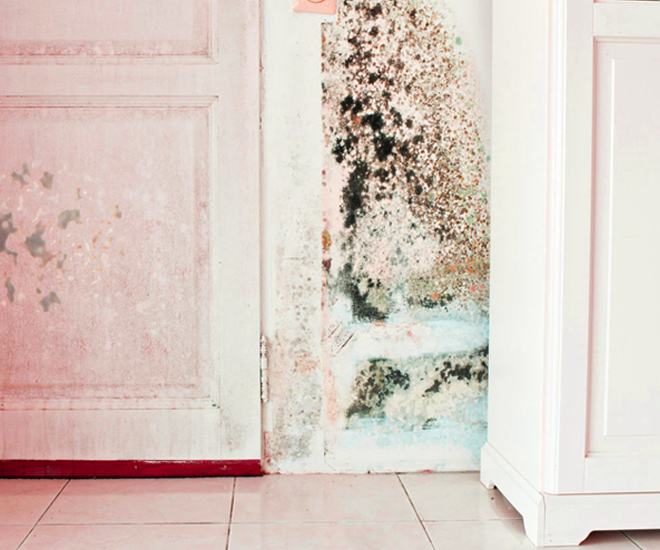Effective Post Mold Remediation Cleaning Protocols
Effective Post Mold Remediation Cleaning Protocols
Blog Article
Your Ultimate Overview to Message Mold Remediation Strategies
Navigating the world of post-mold removal techniques is a thorough procedure that requires interest to detail and an extensive understanding of the ins and outs involved. In the after-effects of mold infestation, knowing exactly how to properly remove the mold and stop its reoccurrence is vital for maintaining a healthy indoor setting. From picking the appropriate cleaning and disinfecting techniques to executing methods for lasting mold and mildew prevention, each step in the removal journey plays a critical duty in guaranteeing a successful result. As we begin on this expedition of post-mold removal techniques, we will certainly discover the vital approaches and finest techniques that can aid you recover your space to its pre-mold condition and guard it versus future mold and mildew hazards.
Understanding Post-Mold Removal Process
After finishing the mold removal process, it is essential to comprehend the post-mold removal techniques that are necessary to ensure a efficient and comprehensive cleanup. As soon as the mold has been removed, the next step entails cleansing and sanitizing the affected locations to prevent any kind of regrowth of mold and mildew.
In addition, conducting a last inspection post-remediation is crucial to ensure that all mold and mildew has been efficiently gotten rid of. This examination should involve a complete aesthetic check along with perhaps air sampling to verify the absence of mold spores airborne. If the evaluation discloses any sticking around mold, extra removal might be necessary. Informing passengers on preventive steps such as controlling moisture degrees and quickly attending to any kind of water leakages can aid maintain a mold-free atmosphere.
Efficient Cleansing and Decontaminating Approaches

Avoiding Future Mold And Mildew Development

Relevance of Correct Air Flow
Appropriate air flow plays a crucial duty in preventing wetness build-up, a crucial element in mold development within interior settings. Effective ventilation systems assist eliminate excess moisture from the air, decreasing the opportunities of mold and mildew spores discovering the dampness they require to spread out and germinate. Without ample air flow, indoor areas can end up being a breeding place for mold, leading to possible wellness dangers and architectural damages.
By making certain correct air circulation, ventilation systems can also help in drying out wet locations faster after water damages or flooding events, further discouraging mold and mildew development. Post Mold Remediation. In spaces like washrooms, kitchen areas, cellars, and attic rooms where moisture levels have a tendency to be greater, installing and preserving effective air flow systems is crucial in avoiding mold and mildew infestations

Tracking and Upkeep Tips
Offered the critical role that correct ventilation plays in avoiding mold growth, it is important to develop reliable tracking and upkeep ideas to ensure the ongoing capability of air flow systems. Normal assessments of air flow systems must be performed to inspect for any indications of clogs, leakages, or malfunctions that might hinder appropriate airflow. Tracking moisture levels within the building is likewise crucial, as high humidity can add to mold and mildew development. Setting up a hygrometer can aid track humidity degrees and alert house owners to any type of spikes that might need interest. In addition, ensuring that air filters are regularly cleaned or changed is essential for maintaining the performance of the air flow system. Applying a timetable for routine upkeep jobs, such as air duct cleaning and a/c system inspections, can help protect against issues before they rise. By staying conscientious and positive to the problem of air flow systems, residential or commercial property owners can properly minimize the danger of mold regrowth and maintain a healthy and balanced interior atmosphere.
Final Thought
To conclude, post-mold removal strategies are important for guaranteeing a clean and secure atmosphere. Understanding the procedure, implementing reliable cleaning and sanitizing methods, protecting against future mold development, keeping correct air flow, and normal monitoring are all critical actions in the remediation process. By complying with these guidelines, you can efficiently remove mold and stop its return, functioning or promoting a healthy and balanced living area for all passengers.
In the consequences of mold and mildew problem, knowing exactly how to successfully eradicate the mold and stop its reoccurrence is paramount for maintaining a healthy and balanced indoor setting. As soon as the mold has actually been eliminated, the following step involves cleaning and disinfecting the influenced locations to protect against any kind of regrowth of mold and mildew - Post Mold remediation cleaning Post Remediation verification. After getting rid of noticeable mold and mildew development, it is crucial to clean all surface areas in the damaged location to eliminate any kind of remaining mold and mildew spores. To further boost mold and mildew avoidance procedures, it is vital to resolve underlying concerns that originally led to mold growth.Provided the important duty that appropriate air flow plays in stopping mold and mildew development, it is critical to develop effective tracking and upkeep tips to guarantee the ongoing performance of ventilation systems
Report this page